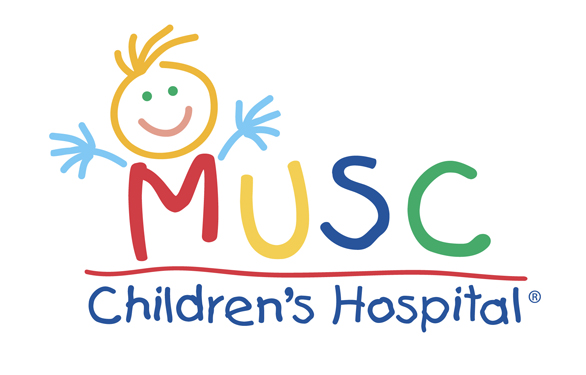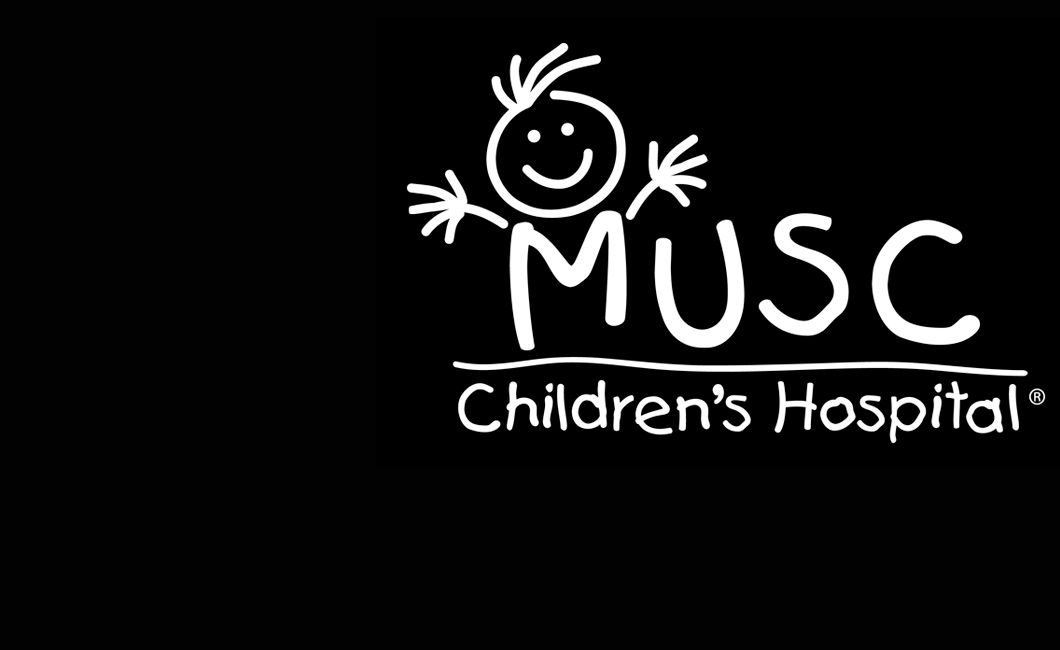
Orthopedic surgery is used to treat tight muscles and spasticity related to cerebral palsy. An incision is made in the skin over the affected muscle. Parts of the muscle are then cut to release the tightness.
What To Expect After Surgery:
Why It Is Done:
The type of orthopedic surgery done to treat problems from cerebral palsy depends on which muscle groups are affected. Some basic goals are to loosen the:
Orthopedic surgery usually is considered when a child with CP has:
How Well It Works
Corrections made during orthopedic surgery may be temporary. As a person grows, the same muscles or other muscles may become tight and cause contractures. Additional surgery may be needed.
Risks
Surgery of any kind carries the risk of bleeding, infection, or need for repeated surgery. Orthopedic surgery carries the additional risk that it may resolve some problems only to create more as a child grows and develops.
What To Think About
If surgery is postponed until the child is older than age 2, doctors may be able to release many tight muscles during the same surgery, instead of releasing only one muscle at a time. Avoiding repeated surgeries has many advantages, such as decreasing the number of times a child needs to go to the hospital, decreasing overall time spent in physical therapy, and less disruption of the child's school and social life.
Before a child has orthopedic surgery, it is important to determine whether he or she will be able to walk after the procedure. The goals for children who will walk differ from the goals for children who will not walk.
Surgical procedures are individualized according to a child's age, type and severity of CP, and overall health and well-being, and whether other conditions are present.
More about Orthopedic Surgery - MUSC, Charleston, South Carolina



